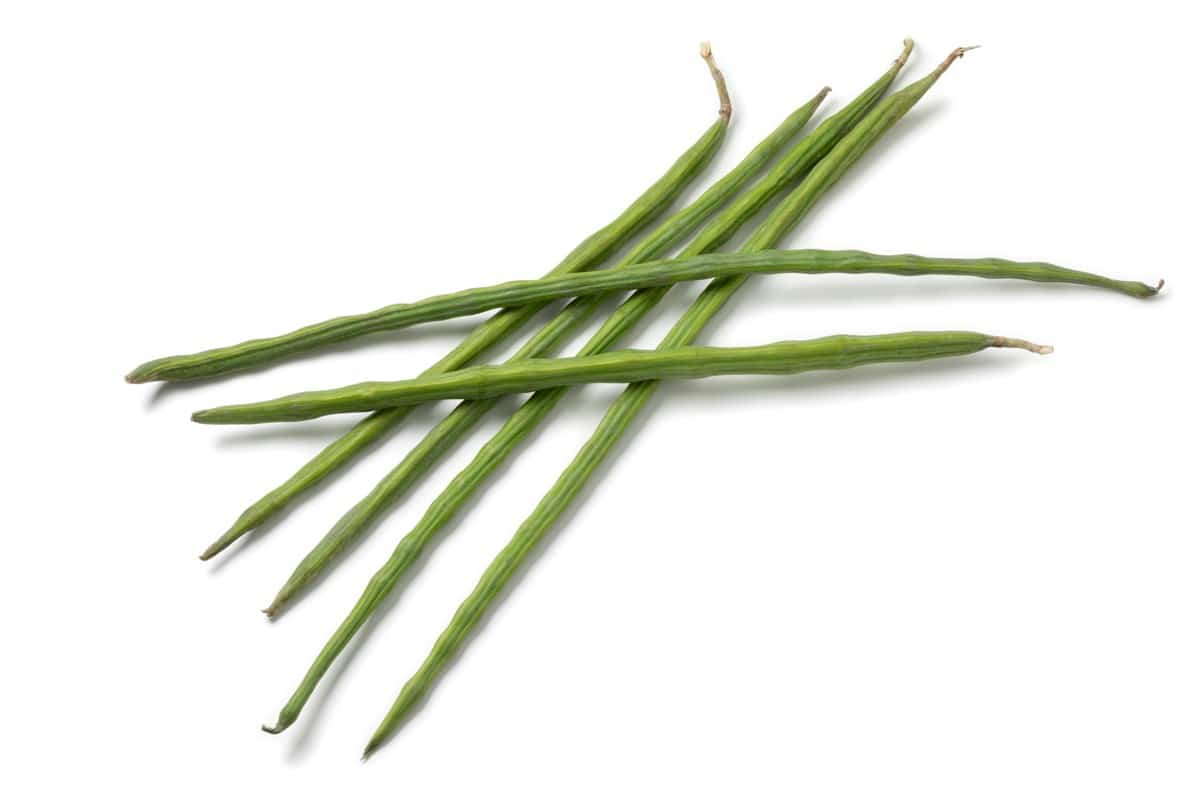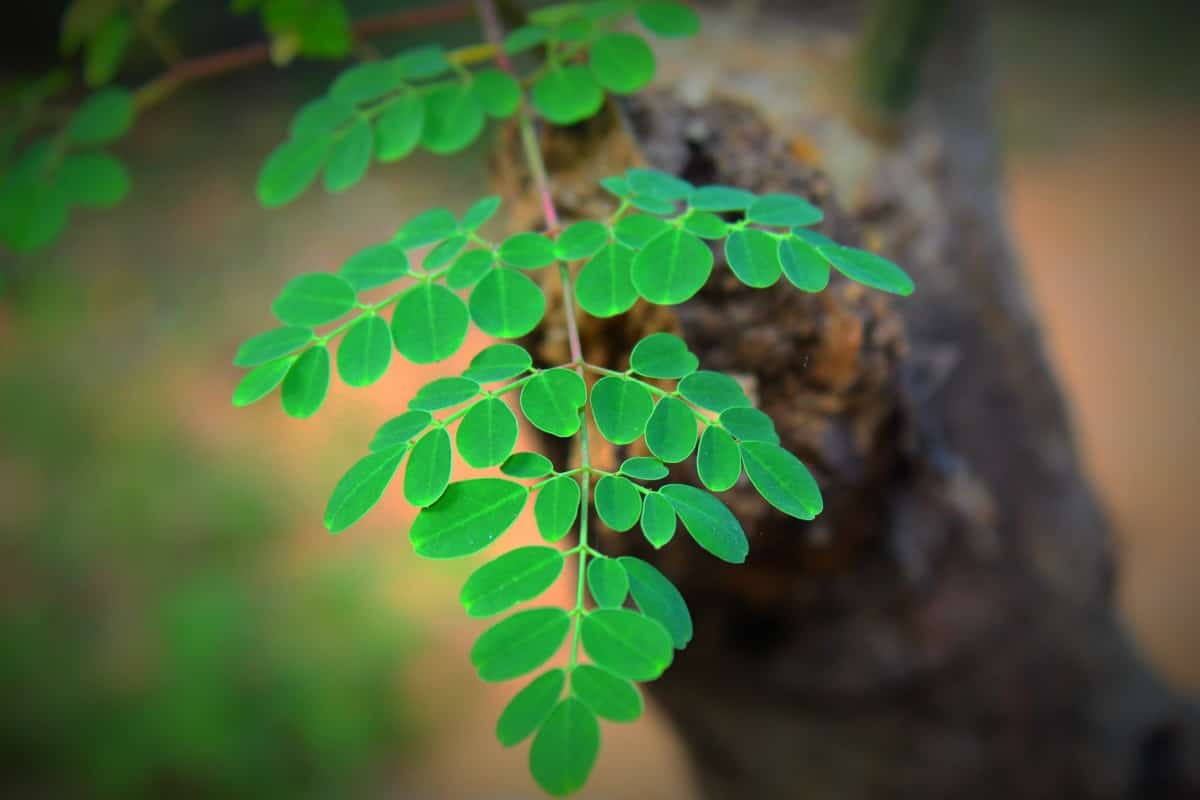Moringa farming is an extraordinary opportunity with endless potential and a promising moringa farming business plan. The plan revolves around critical aspects such as moringa plant spacing, tree varieties, and moringa yield per hectare. A profound understanding of these aspects is crucial when embarking on this business.

In a single acre, the question arises – how many moringa plants per acre should be planted? The detailed drumstick farming guide provides insights into moringa seed germination and spacing, which are paramount to optimizing moringa leaf production per acre. Embracing organic moringa farming practices can notably enhance the moringa yield per acre, maximizing the overall moringa farming profitability.
Additionally, in cultivating Moringa, it is vital to know how to stop moringa flower drop, how to stop moringa fruit drop, and how to increase moringa flowers to ensure prolific production. Being well-versed with the common pests of moringa and implementing strategic moringa pest management practices are also essential components of the moringa farming business plan.
Moringa Farming Business Plan
Market Analysis and Demand for Moringa Products
A sound understanding of the market trends, consumer preferences, and competitive landscape is indispensable for devising a plan that ensures sustained profitability and growth. Identifying the right markets, reaching out to potential buyers, and establishing strong networks can effectively capitalize on the increasing demand for moringa products. The burgeoning awareness regarding health and nutrition has substantially contributed to the escalating demand, providing a promising outlook for individuals and enterprises venturing into the moringa farming business plan.
Choosing the Right Location for Moringa Farming
Choosing an apt location is fundamental to realizing a successful moringa farming business plan. The location significantly influences moringa plant spacing, overall health, and the moringa yield per hectare. A conducive climate, with appropriate sunlight and temperature, is essential for optimizing how many moringa plants per acre can be cultivated effectively. Proximity to markets and availability of essential resources such as water also plays a pivotal role in determining the location’s suitability for executing a well-rounded moringa farming business plan.
Moringa Varieties and Cultivation Techniques
Selecting suitable moringa tree varieties is essential in developing a thriving farming business plan. Different moringa tree varieties possess unique characteristics, which influence their adaptability, growth, and moringa yield per hectare. Cultivation techniques, such as optimal moringa plant spacing, ensure that each tree grows healthily, contributing positively to the yield per acre. Utilizing a comprehensive drumstick farming guide can offer valuable insights and best practices to enhance moringa seed germination, moringa leaf production per acre, and overall moringa farming profitability.
In case you missed it: Moringa Tree Flowers but No Fruit: Reasons, Remedies, and Solutions

Soil Preparation for Moringa Farming
Proper soil preparation is instrumental in promoting healthy growth and maximizing the productivity of the moringa farming business plan. The soil needs to be good at draining water and have lots of organic stuff in it. This helps moringa seeds grow well. Attention to moringa seed spacing during plantation is vital for ensuring that the trees receive adequate nutrients from the soil, which in turn influences the moringa yield per hectare and the overall moringa leaf production per acre. Organic moringa farming practices, such as using organic fertilizers and compost, can enrich the soil, boosting the trees’ health and productivity.
Best Fertilizer for Moringa Trees
Fertilization plays a significant role in the moringa farming business plan, directly impacting moringa farming profitability. Utilizing the best fertilizers that meet the nutritional needs of the moringa trees is essential for robust growth and high moringa yield per acre. Regular and balanced fertilization supports healthy moringa leaf production per acre and enhances the trees’ resistance against common pests of moringa, thereby facilitating effective moringa pest management. Organic fertilizers are highly recommended in an organic moringa farming approach, promoting sustainable and prosperous farming practices.
Planting and Propagation Methods for Moringa Trees
Planting and propagation form the backbone of the moringa farming business plan. Effective methods of propagation, such as using quality seeds, significantly influence moringa seed germination and the overall health and productivity of the moringa trees. As per the detailed drumstick farming guide, adequate moringa seed spacing ensures that the trees have enough room to grow, affecting how many moringa plants per acre can be cultivated.
Ensuring appropriate moringa plant spacing and following recommended practices are crucial in optimizing moringa yield per hectare and achieving a successful moringa leaf production per acre, which is fundamental for moringa farming profitability.
Irrigation and Water Management in Moringa Farming
Effective irrigation and water management strategies are essential to the moringa farming business plan. These practices profoundly influence moringa seed germination, plant spacing, and overall tree health. Ensuring that the trees receive the right amount of water at various growth stages is critical to maximizing the moringa yield per hectare and moringa leaf production per acre.
Following a structured drumstick farming guide for water management practices is instrumental in achieving efficient water usage, preventing waterlogging, and ensuring that the moringa trees receive adequate moisture, promoting optimal growth and profitability.
Moringa Pest and Disease Management
A robust moringa pest management strategy is a cornerstone of a sustainable moringa farming business plan. Knowledge of the common moringa pests and diseases is vital to implementing effective prevention and control measures. Proper pest and disease management practices ensure the health of the moringa trees, affecting moringa yield per acre and overall moringa farming profitability.
In case you missed it: 10 Common Problems With Moringa Plants: Treatment and Solutions

Using safe and effective pesticides, encouraging natural predators, and maintaining a healthy growing environment is essential to managing pests and diseases in moringa farming, ensuring thriving and productive moringa cultivation.
Harvesting, Processing, and Value Addition of Moringa Products
Harvesting and processing are significant stages in the moringa farming business plan that directly impact profitability and market competitiveness. Effective harvesting techniques and strategic processing and value-addition practices enhance moringa products’ appeal and market value.
Properly processed and packaged moringa leaves, seeds, and drumsticks can fetch better prices in the market, boosting moringa farming profitability. Value addition, such as turning moringa leaves into powder or creating moringa oil from seeds, can also considerably enhance the profitability of the moringa farming business plan.
Financial Planning and Profitability Analysis for a Moringa Farming Business
Financial planning is crucial in steering a moringa farming business towards profitability and sustainability. A thoughtful budget allocation to various operational aspects such as seed purchasing, irrigation, pest management, and labor costs is essential. For instance, considering essential inputs and labor costs, initial expenses might range from $500 to $1000 per acre.
Profitability analysis, on the other hand, involves a thorough assessment of revenues against expenditures. A well-managed moringa farm could yield revenues ranging from $ 3,000 to $ 5,000 per acre annually, based on market demand and product quality. The precision in financial planning and regular profitability analysis ensures the business’s viability and long-term success in moringa farming.
Growing Moringa Tree Profile
| Aspect | Description |
| Common Name | Moringa, Drumstick tree |
| Varieties | Various, based on regional adaptability and usage. |
| Plant Spacing | 2.5 to 3 meters between plants is common |
| Seed Germination | 7-14 days, based on environmental conditions |
| Seed Spacing | Seeds should be planted about 2 cm deep. |
| Yield Per Hectare | Varies, but approximately 30-50 metric tons of pods per hectare. |
| Plants Per Acre | Approximately 400-500 plants |
| Leaf Production | Extensive, based on tree variety and growing conditions |
| Organic Farming | Recommended for sustainable and quality yield |
| Pest Management | Regular monitoring and sustainable practices are advised |
| Flower and Fruit Drop | Techniques available to minimize drop |
| Harvesting | Starts 6-8 months from planting and continues regularly |
| Water Management | Regular, but not excessive; dependent on climate conditions |
| Fertilizer Use | Organic fertilizers recommended |
In case you missed it: 1-Acre Moringa Farming Cost and Profit: Cultivation Economics and Project Report

Conclusion
A well-executed moringa farming business plan leveraging optimal practices can drive sustainable agriculture and robust profitability.
- Feed Your Flock for Less: Top 10 Tips to Save on Chicken Feed
- Ultimate Guide to Ossabaw Island Hog: Breeding, Raising, Diet, and Care
- Hatching Answers: The Top 10 Reasons Your Chickens Aren’t Laying Eggs
- Eggs and Economics: Breaking Down the Cost of Raising Backyard Chickens
- Defend Your Greens: Proven Methods to Keep Iguanas Out of Your Garden
- Ultimate Guide to Cinnamon Queen Chicken: A Comprehensive Guide for Beginners
- Ultimate Guide to California Tan Chicken: Breeding, Raising, Diet, Egg-Production and Care
- Ultimate Guide to Marsh Daisy Chicken: Breeding, Raising, Diet, and Care
- 10 Types of Chicken Farming Businesses You Can Start for Profits